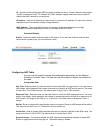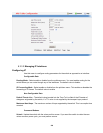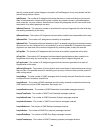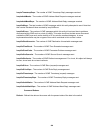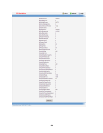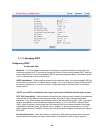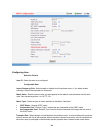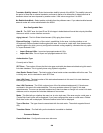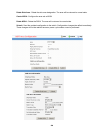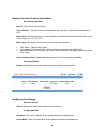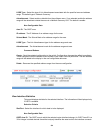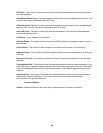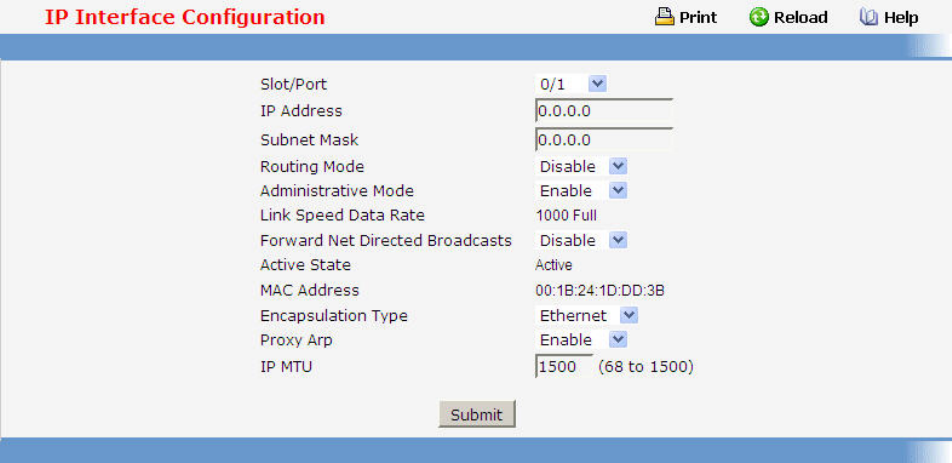
525
8.2.3.3 Managing OSPF
Configuring OSPF
Configurable Data
Router ID - The 32 bit integer in dotted decimal format that uniquely identifies the router within the
autonomous system (AS). If you want to change the Router ID you must first disable OSPF. After you
set the new Router ID, you must re-enable OSPF to have the change take effect. The default value is
0.0.0.0, although this is not a valid Router ID.
OSPF Admin Mode* - Select enable or disable from the pulldown menu. If you select enable OSPF will
be activated for the switch. The default value is disable. You must configure a Router ID before OSPF
can become operational. You do this on the IP Configuration page or by issuing the CLI command:
config router id.
*NOTE: once OSPF is initialized on the router, it will remain initialized until the router is reset.
RFC 1583 Compatibility - Select enable or disable from the pulldown menu to specify the preference
rules that will be used when choosing among multiple AS-external-LSAs advertising the same
destination. If you select enable, the preference rules will be those defined by RFC 1583. If you select
disable, the preference rules will be those defined in Section 16.4.1 of the OSPF-2 standard (RFC
2328), which will prevent routing loops when AS-external-LSAs for the same destination have been
originated from different areas. The default value is 'enable'. To prevent routing loops, you should
select 'disable', but only if all OSPF routers in the routing domain are capable of operating according to
RFC 2328.
Exit Overflow Interval - Enter the number of seconds that, after entering overflow state, the router
should wait before attempting to leave overflow state. This allows the router to again originate



